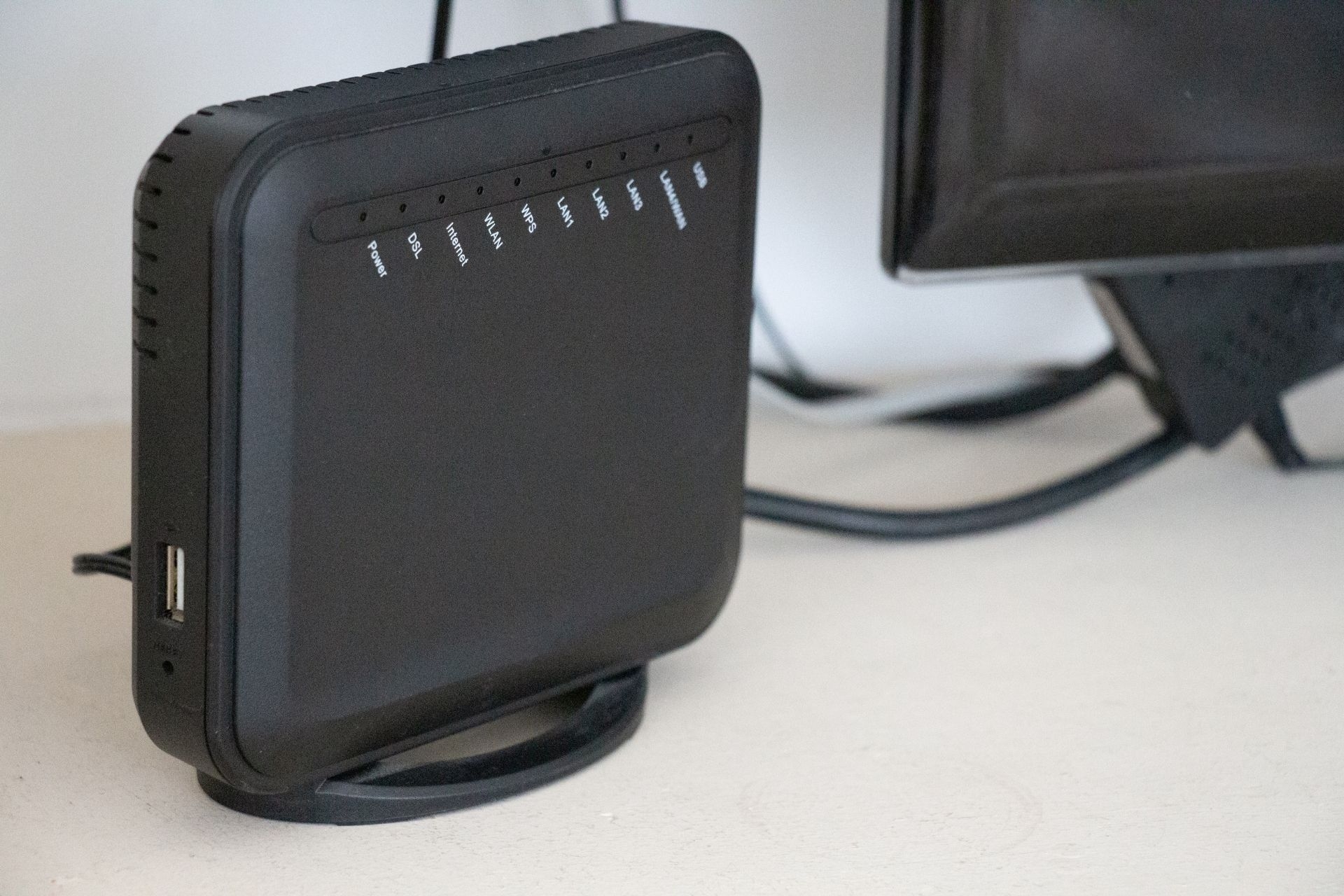Internet Protocol Version 6 (IPv6) Deployment
How does IPv6 address the issue of IPv4 address exhaustion?
IPv6 addresses the issue of IPv4 address exhaustion by using a 128-bit address format, which allows for a significantly larger number of unique addresses compared to the 32-bit address format used in IPvThis expansion in address space ensures that there are enough IP addresses to accommodate the growing number of devices connecting to the internet, thus preventing address exhaustion.



